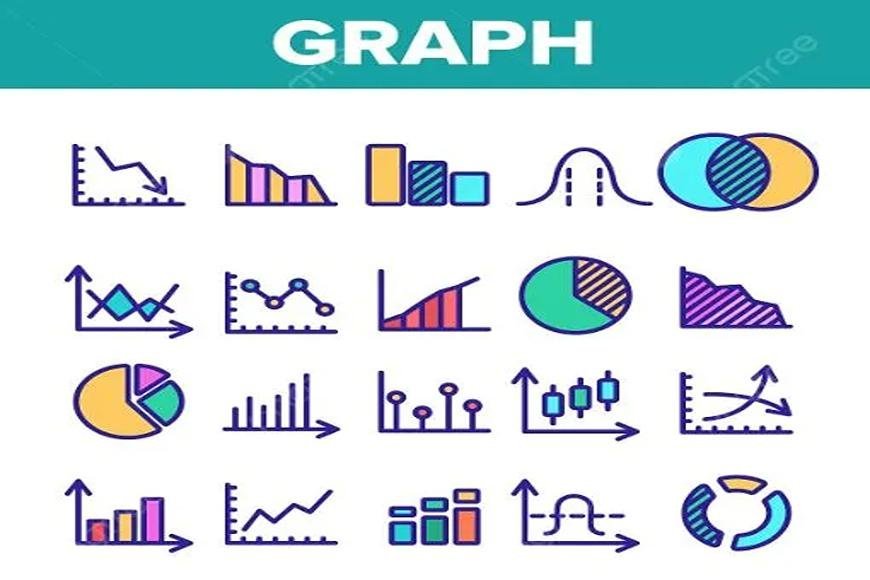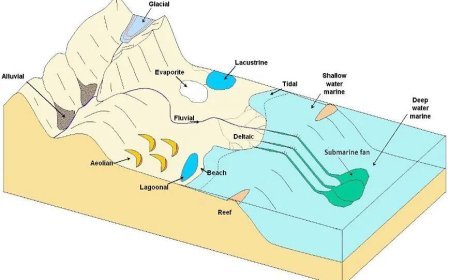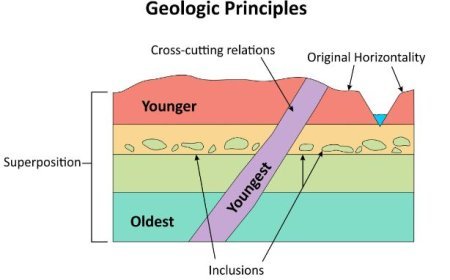TYPES OF GRAPHS
Geology Decoded with Line Graphs, Pie Charts, and Stratigraphic Columns.

-
- One way to look at number data is with a graphical representation. It shows in a diagram how facts, ideas, information, and thoughts are connected.
- One of the best ways to learn is to make things easy to understand. It always depends on what kind of information is in the area in question.
- Different kinds of graphs can be used to show different things.
The following are some of them:
Line Graphs
- A line graph, also called a linear graph, shows continuous data and can be used to guess what will happen in the future over time.
Bar graphs
- This type of graph shows the type of data and compares it by using uniform bars to show the amounts.
Histograms
- This type of graph uses bars to show how often numbers appear in groups that are organized into gaps. There are no breaks between the gaps, so each bar is the same depth.
Line Plot
- This type of graph shows how often data appears on a certain number line. Every time that data shows up again, "x" is put above a number line.
Frequency Table
- This table shows how many pieces of data fall within a certain range.
Circle Graph
- This type of graph, which is also called a "pie chart," shows how the parts of a whole matter.
- Each category has a specific number, such as 15%, 56%, etc., and the circle has a value of 100%.
Stem and Leaf Plot
- The data are put in this type of map from least important to most important.
- The stems are made up of the numbers with the next place value after the low place value.
- One type of map is the box and whisker plot, which summarizes the data by splitting it into four parts.
- The box and whisker plots show the data's range (spread) and median (middle value).
- Some general rules for showing data in graphs
- There are rules that must be followed in order for the information to be shown correctly in a graph. These are them:
Suitable Title
- Make sure the graph clearly shows what the presentation is about by giving it the right title.
Measurement Unit
- Write down the graph's measurement unit.
Proper scale
- Pick the right size to show the information correctly.
Index
- To help you understand better, list the right colors, shades, lines, and designs in the plots.
Data Sources
- Put the source of the data at the bottom of the graph where it's needed.
Keep it Simple
- Make a graph that is simple enough for anyone to understand.
Neat
- Pick the right styles, colors, sizes, etc. so that the graph can help you show information visually.
What's Your Reaction?



































